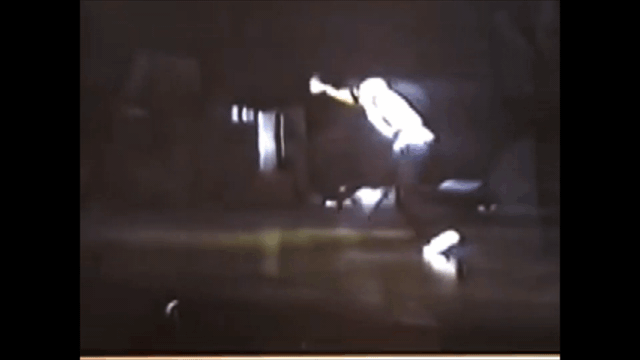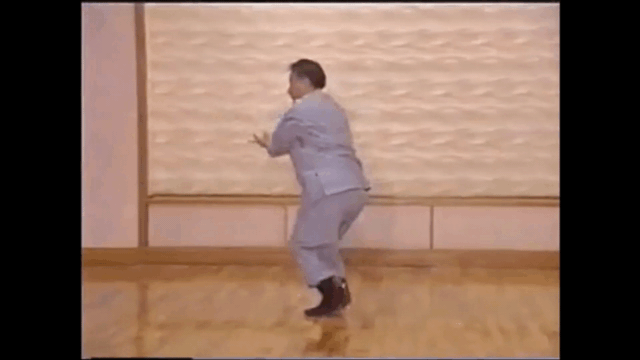Starting in a back stance, pivoting into a front stance with reverse punch, do you-
Pivot on the ball of the foot and only move your weight forward once your heel is touching ground, in effect pushing the ground with the heel?
Or
Begin shifting your weight forward as you pivot on the ball of the foot, pushing the ground with the ball of the foot and just make sure the heel is planted in time before your fist contacts the target?
Does it matter as long as the heel is planted before the fist lands ensuring a stable brace for impact?
* This isn't the same question as the old heel up or heel down debate*
Pivot on the ball of the foot and only move your weight forward once your heel is touching ground, in effect pushing the ground with the heel?
Or
Begin shifting your weight forward as you pivot on the ball of the foot, pushing the ground with the ball of the foot and just make sure the heel is planted in time before your fist contacts the target?
Does it matter as long as the heel is planted before the fist lands ensuring a stable brace for impact?
* This isn't the same question as the old heel up or heel down debate*


